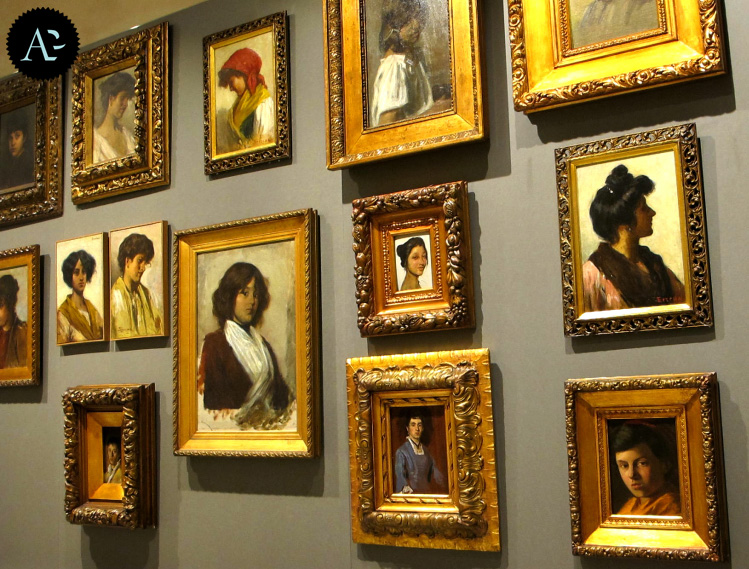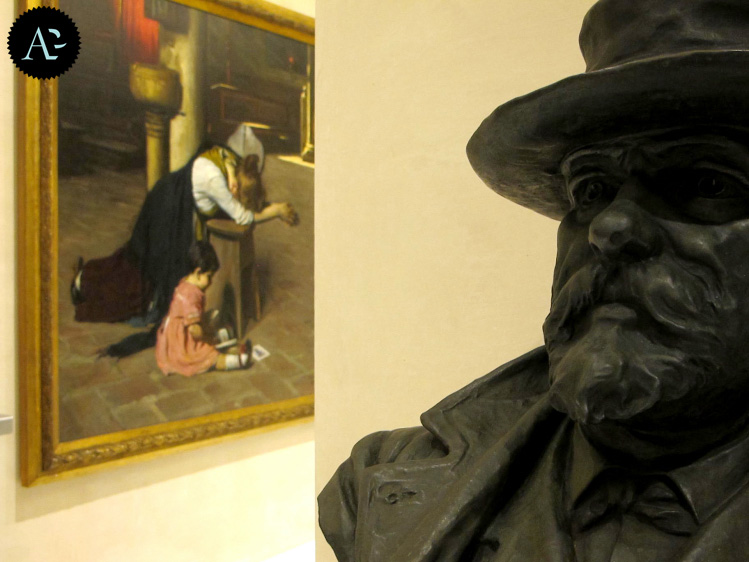
LUIGI BAILO MUSEUM, TREVISO
One of the most surprising museums I have ever visited is certainly the Luigi Bailo Museum in Treviso.
A place that was closed for many years and that, when it reopened to the public, revealed the richness of the collection of works it holds and also the history of Treviso collecting.
A rebirth after almost 12 years of closure that has turned a now uninhabitable building into a place of great charm.
Luigi Bailo Museum
History of the Bailo Museum
The Museum named after Luigi Bailo, a high school teacher and librarian in Treviso, is the oldest of the civic museum sites.
The others are Casa Robegan / Casa da Noal and the Santa Caterina complex.
The Bailo Museum is located along the line of a kardo of the Roman centuriazione that is still evident in the conformation of the city of Treviso and is right next to the Romanesque walls.
The building that now houses the museum was already in existence in 1437 because it housed the Gesuati convent, which was succeeded from 1668 by other religious orders that always dedicated these rooms to prayer and teaching activities.
In 1886, the public phase began with the acquisition of the entire complex by the Municipality of Treviso, which decided to allocate the building for school use, first housing the public high school, then a student boarding school and kindergarten, and finally the library and the Civic Museum.
The Museum was founded in 1879 on the initiative of Luigi Bailo and initially occupied some rooms in the library with an exhibition of ancient epigraphs.
Subsequently, the increase in collections, thanks to bequests, purchases and recoveries led to the occupation of the former convent spaces and the opening to the public in 1888.
The civic collections testify to the artistic vitality of a Treviso that was certainly suffering from the greatness of nearby Venice, but which also managed to express artists of great calibre.
In the following decades the collection grew again and the architecture and fittings had to be revised, particularly after the serious damage caused by the Second World War.
The collection was increased by the works of twentieth-century Trevisan artists, but the structural criticalities were still unresolved and no longer allowed an adequate use of the collections (suffice it to say that there was no heating and air conditioning system!).
In 2003, the museum had to close because it was considered unfit for use, the collections were relocated to the St. Catherine’s complex, and a long restoration phase began.
At the end of 2014, with the reopening of the Museum, the rooms were completely renovated and functional, ready to face the challenges of an exhibition space that strengthens its bond with the city.
- I dedicated a special post to the reopening of the Bailo Museum with details on the new layout.
The restoration project that brings the Bailo Museum back to life is modern and innovative because it opens up to the city, alternating glass walls that allow the city to be seen from the inside and allow anyone to observe the rooms from the outside; it redesigns the spaces, enhancing the ancient structures; and finally it introduces new elements to pay homage to the works of art on display.
I leave you with a few pictures and look forward to hearing from you if you, like me, think that the reopening of a museum is a great opportunity for everyone 😉
THE 19TH CENTURY GALLERY AT THE LUIGI BAILO MUSEUM
The Luigi Bailo Museum also houses one of the most important collections of 19th-century art in Italy.
The history of this collection began on 12 March 1851, the day on which the donation of Margherita Grimaldi Prati’s picture gallery, consisting of 20 paintings, and about fifty miniatures, drawings and prints, reached the Municipality of Treviso.
A collection of masterpieces including those by Giovanni Bellini, Girolamo da Santacroce, Domenico Tintoretto, as well as the intense and refined portrait of the donor, by the leading Italian Neoclassical painter Andrea Appiani.
The City Council’s acceptance of Sante Giacomelli’s bequest dates back to 27 October 1874.
As many as 74 works of contemporary art, representative of a large part of Italian painting of the time, thus came to Treviso City Hall. Canvases by Ludovico Lipparini, Francesco Podesti, Odorico Politi, Eugenio Bosa, Eugenio Moretti Larese, Vincenzo Giacomelli, Francesco Coghetti, and many others up to Ippolito Caffi.
These donations were followed by many others (Sala, Princivalli, Murani to name but a few) up to the present day.
Then shrewd purchases including the first known painting by Francesco Hayez with the ‘Group of the painter’s family’ with the first self-portrait, or ‘The portrait of Domenica Pascoli’ by Michelangelo Grigoletti or the ‘Bust of Marianna Angeli Pascoli’ by Luigi Zandomeneghi. Many of these 19th-century works, and in particular the splendid collection of Sante Giacomelli that constitutes the core of it, come out of storage and can be admired in the Gallery of the 19th Century.
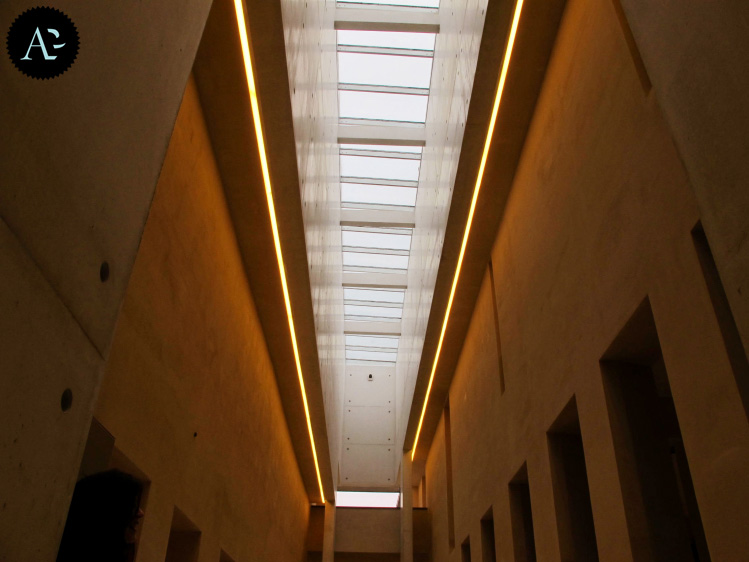
THE NEW ROOMS OF THE BAILO MUSEUM
The Luigi Bailo Museum continues unabated and in July 2024 opened a new permanent exhibition in seven new rooms.
More than 100 new works are on display to the public and belong to the valuable Sante Giacomelli collection, which was donated to the museum in 1874. Some famous examples of historical romanticism and works by artists such as Ippolito Caffi, Vincenzo abati and many others stand out.
In addition to these works, the Bailo Museum finally exhibits to the public the self-portraits of some of the museum’s leading artists and portraits of many donors. In addition, there is an exhibition of paintings and works that are the fruit of more recent donations to the city of Treviso’s collections.
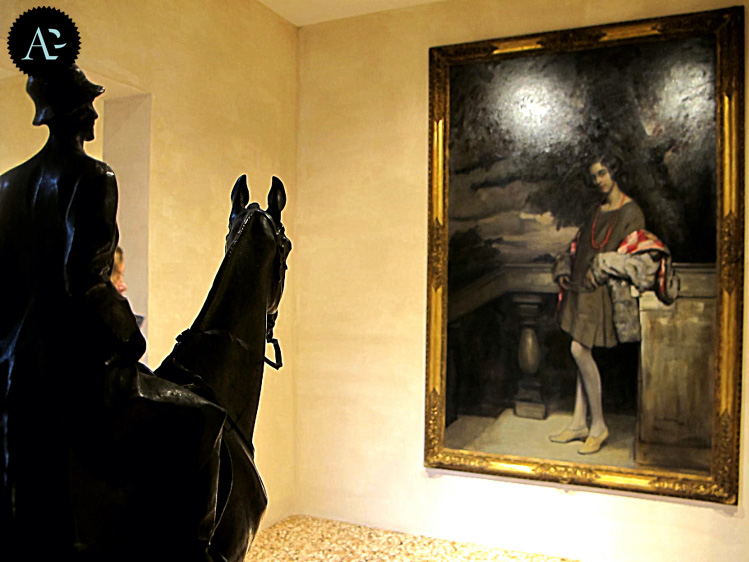
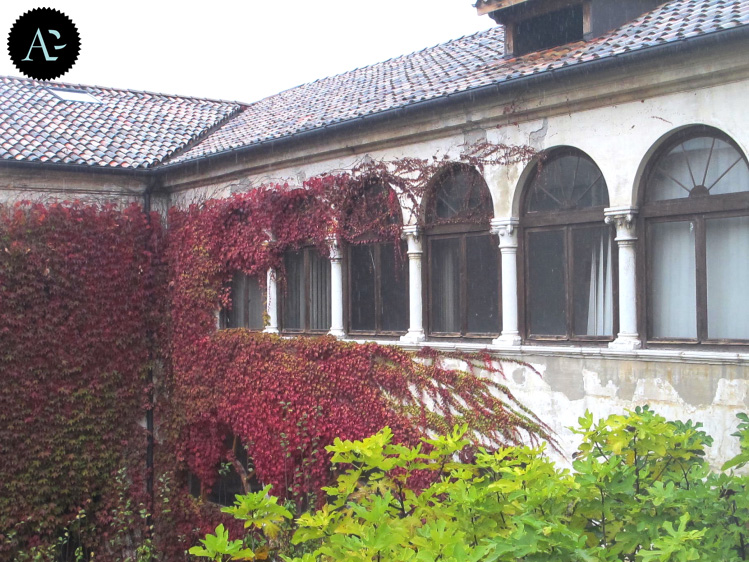
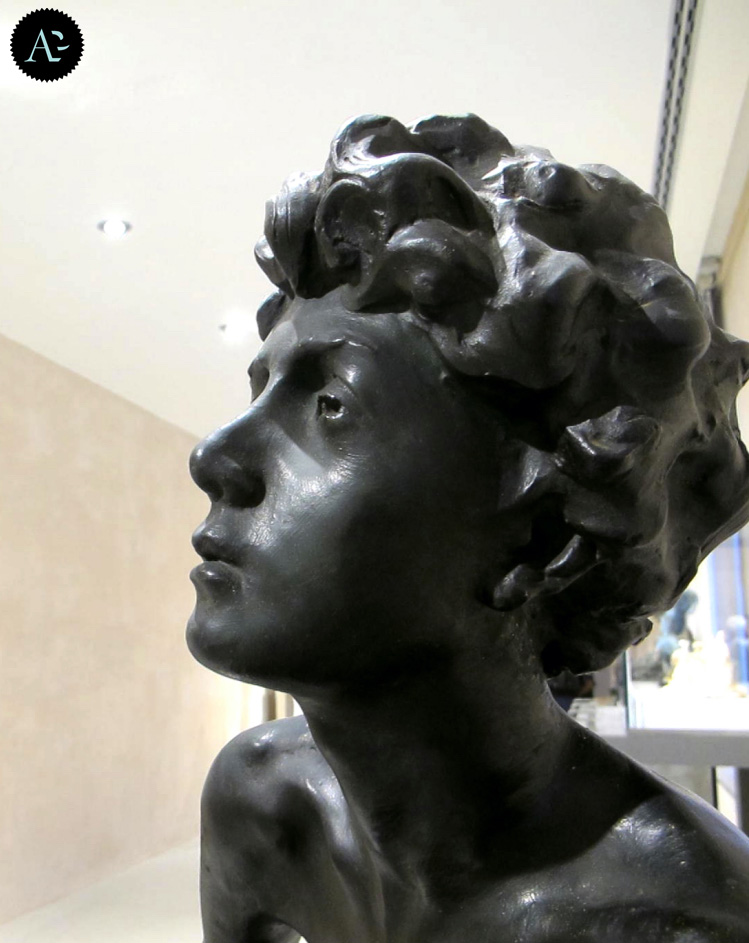
INFO
Museo Luigi Bailo – musei civici di Treviso
Borgo Cavour, 24 – Treviso
Orari: da martedì a domenica 10.00 – 18.00


